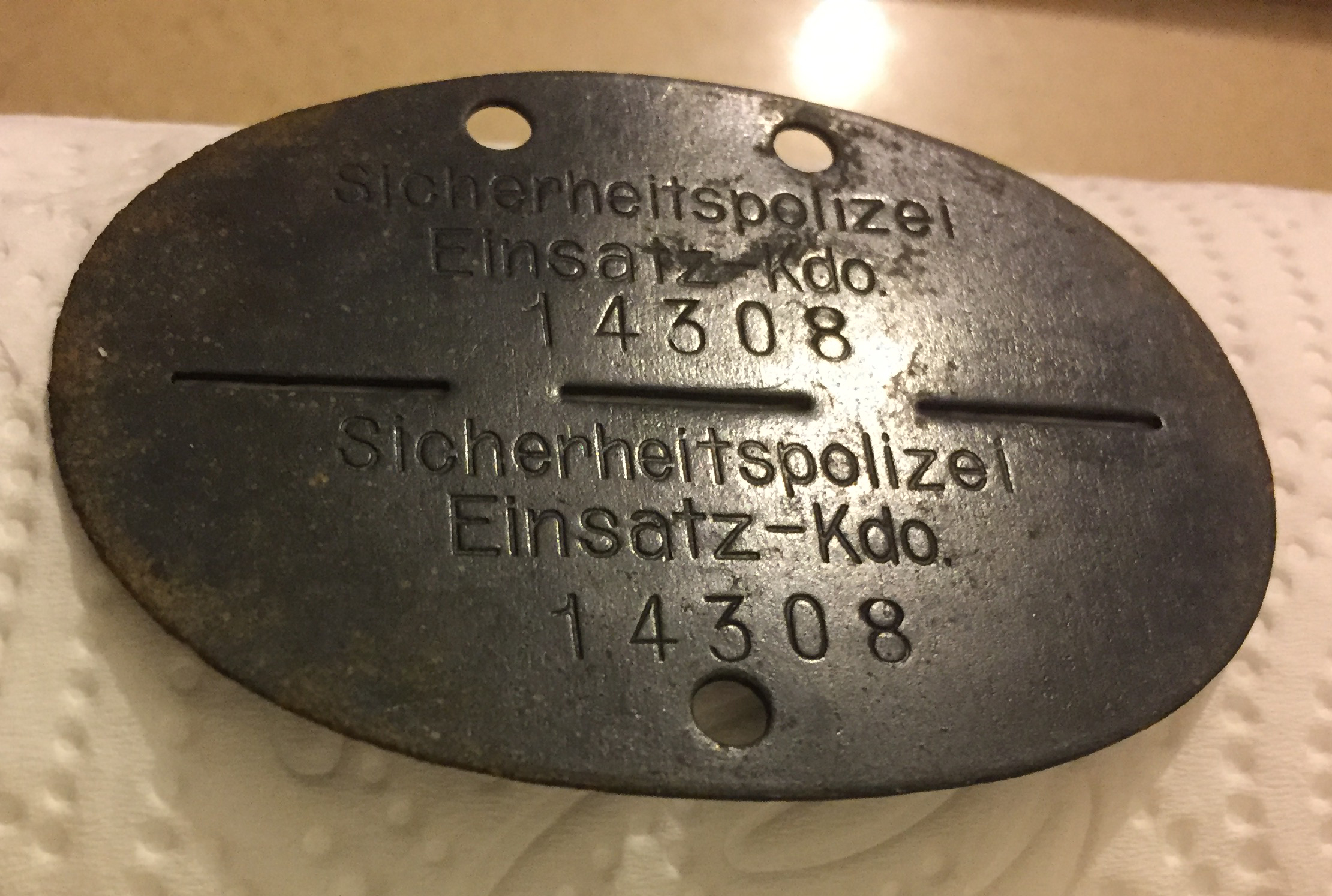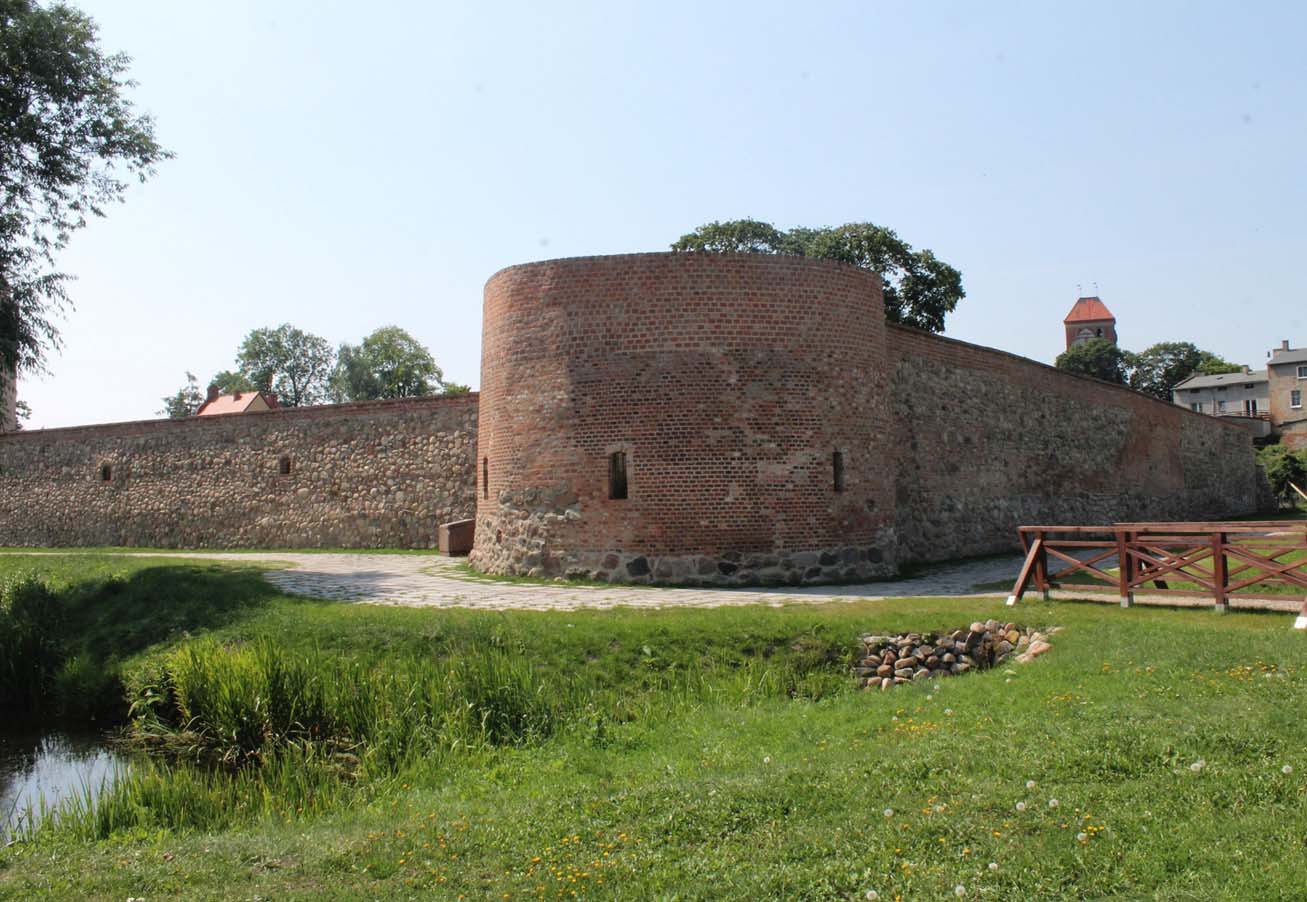|
Execution Of Tczew Hostages
Execution of Tczew hostages was a public execution of Polish hostages carried out by the Occupation of Poland (1939–1945), German occupiers in Tczew. On 24 January 1940, at the so-called pig market, members of the Schutzstaffel, SS and the paramilitary ''Volksdeutscher Selbstschutz'' executed 13 Poles – workers of the Polish State Railways, civil servants, merchants, and craftsmen. The crime was committed in retaliation for the alleged arson of German workshops located in the Tczew factory "Arkona" by the Polish resistance movement in World War II, Polish resistance movement. Beginning of the German occupation The border city of Tczew was seized by ''Wehrmacht'' units as early as 2 September 1939. German authorities, including police, state, and party institutions, quickly established themselves in the occupied city. Otto Andres was appointed Landrat of Tczew County and head of the local Nazi Party organisation (''kreisleiter''), later replaced by Reinhold Isendick. Dr. G ... [...More Info...] [...Related Items...] OR: [Wikipedia] [Google] [Baidu] |
Tczew
Tczew (, formerly ) is a city on the Vistula River in the Pomeranian Voivodeship, in northern Poland, with 59,111 inhabitants (December 2021). It is the capital of Tczew County and the largest city of the ethnocultural region of Kociewie within the historic region of Pomerania. Founded in the Middle Ages with city rights since 1260, Tczew was a major river port on the Vistula, and prospered as a major center for grain trade in Poland. The city is known for its Old Town with medieval Gothic architecture, Gothic churches, and the Vistula bridges, which played a key role in the Invasion of Poland at the onset of World War II. During the war, it was the location of a major German-operated transit camp for Expulsion of Poles by Nazi Germany, Poles expelled from the region, now home to the Vistula River Museum, the main museum devoted to the history of Poland's longest river. Tczew is the largest railroad junction in northern Poland, with railroads towards Gdańsk, Bydgoszcz, Warsaw and ... [...More Info...] [...Related Items...] OR: [Wikipedia] [Google] [Baidu] |
Einsatzkommando
During World War II, the Nazi German ' were a sub-group of the ' (mobile killing squads) – up to 3,000 men total – usually composed of 500–1,000 functionaries of the SS and Gestapo, whose mission was to exterminate Jews, Polish intellectuals, Romani, and communists in the captured territories often far behind the advancing German front.Thomas Urban, reporter of the Süddeutsche Zeitung; Polish text in Rzeczpospolita, Sept 1–2, 2001 ''Einsatzkommandos'', along with '' Sonderkommandos'', were responsible for the systematic murder of Jews during the aftermath of Operation Barbarossa, the invasion of the Soviet Union. After the war, several commanders were tried in the Einsatzgruppen trial, convicted, and executed. Organization of the ''Einsatzgruppen'' ''Einsatzgruppen'' () were paramilitary groups originally formed in 1938 under the direction of Reinhard Heydrich – Chief of the SD, and ''Sicherheitspolizei'' (Security Police; SiPo). They were operated by the ''Schut ... [...More Info...] [...Related Items...] OR: [Wikipedia] [Google] [Baidu] |
Milicja Obywatelska
Milicja Obywatelska (MO; ), known as the Citizens' Militia in English, was the national police organization of the Polish People's Republic. The MO was established on 7 October 1944 by the Polish Committee of National Liberation under Chief Commander Franciszek Jóźwiak to police Red Army controlled areas of Poland during World War II. It became the official police force with the founding of the Polish People's Republic in 1947, effectively replacing the pre-war '' Policja'' as the main uniformed civilian police of Poland during the communist era. The MO was headquartered in Warsaw while training for the force was conducted in the town of Legionowo. The MO was supported by two paramilitary formations: the elite Motorized Reserves of the Citizens' Militia (ZOMO) and the reservist Volunteer Reserve of the Citizens' Militia (ORMO). In most cases it represented a state-controlled force used to exert political repression, especially with its elite ZOMO squads. The MO continue ... [...More Info...] [...Related Items...] OR: [Wikipedia] [Google] [Baidu] |
Brazier
A brazier () is a container used to burn charcoal or other solid fuel for cooking, heating or rituals. It often takes the form of a metal box or bowl with feet, but in some places it is made of terracotta. Its elevation helps circulate air, feeding oxygen to the fire. Braziers have been used since ancient times; the Nimrud brazier dates to at least 824 BC. History The word brazier is mentioned in the Bible. The Hebrew word for brazier is believed to be of Egyptian origin, suggesting that it was imported from Egypt. The lone reference to it in the Bible being the following verse: The king was sitting in the winter-house in the ninth month; and the brazier () was burning before him. Roman Emperor Jovian was poisoned by the fumes from a brazier in his tent in 364, ending the line of Constantine. In Arabic, the brazier is called ''kanoun''. Uses Heating Despite risks in burning charcoal on open fires, braziers were widely adopted for domestic heating, particularly and somewh ... [...More Info...] [...Related Items...] OR: [Wikipedia] [Google] [Baidu] |
Centrum Wystawienniczo-Regionalne Dolnej Wisły
(Latin for ''center'') may refer to: Places In Greenland * Nuuk Centrum, a district of Nuuk, Greenland * Centrum Lake, Greenland In the Netherlands * Amsterdam-Centrum, the inner-most borough of Amsterdam, Netherlands * Rotterdam Centrum, a borough of Rotterdam, Netherlands In Poland * Centrum, Szczecin, a neighbourhood of Szczecin, Poland * Centrum (municipal neighbourhood of Warsaw), a neighbourhood of Warsaw, Poland * Osiedle Centrum, Białystok, a district of Białystok, Poland * Centrum metro station, a metro station in Warsaw, Poland In Suriname * Centrum, Brokopondo, a resort of Brokopondo District * Centrum, Paramaribo, a resort of Paramaribo District In Sweden * Centrum, Gothenburg, a borough of Gothenburg, Sweden * Centrum, Luleå, a residential area in Luleå, Sweden * Centrum, Malmö, a city district of Malmö, Sweden * Centrum, Umeå, a residential area in Umeå, Sweden Buildings and structures * The Centrum, the former informal but regularly used name of an are ... [...More Info...] [...Related Items...] OR: [Wikipedia] [Google] [Baidu] |
World War II
World War II or the Second World War (1 September 1939 – 2 September 1945) was a World war, global conflict between two coalitions: the Allies of World War II, Allies and the Axis powers. World War II by country, Nearly all of the world's countries participated, with many nations mobilising all resources in pursuit of total war. Tanks in World War II, Tanks and Air warfare of World War II, aircraft played major roles, enabling the strategic bombing of cities and delivery of the Atomic bombings of Hiroshima and Nagasaki, first and only nuclear weapons ever used in war. World War II is the List of wars by death toll, deadliest conflict in history, causing World War II casualties, the death of 70 to 85 million people, more than half of whom were civilians. Millions died in genocides, including the Holocaust, and by massacres, starvation, and disease. After the Allied victory, Allied-occupied Germany, Germany, Allied-occupied Austria, Austria, Occupation of Japan, Japan, a ... [...More Info...] [...Related Items...] OR: [Wikipedia] [Google] [Baidu] |
Stutthof Concentration Camp
Stutthof was a Nazi concentration camp established by Nazi Germany in a secluded, marshy, and wooded area near the village of Stutthof (now Sztutowo) 34 km (21 mi) east of the city of Danzig (Gdańsk) in the territory of the German-annexed Free City of Danzig. The camp was set up around existing structures after the invasion of Poland in World War II and initially used for the imprisonment of Polish leaders and intelligentsia. The actual barracks were built the following year by prisoners. Most of the infrastructure of the concentration camp was either destroyed or dismantled shortly after the war. In 1962, the former concentration camp with its remaining structures was turned into a memorial museum. Stutthof was the first German concentration camp set up outside German borders in World War II, in operation from 2 September 1939. It was also the last camp liberated by the Allies of World War II, Allies, on 9 May 1945. It is estimated that between 63,000 and 65,00 ... [...More Info...] [...Related Items...] OR: [Wikipedia] [Google] [Baidu] |
Szpęgawsk Forest
The Forest of Szpęgawsk () is situated west of the village of Szpęgawsk in the administrative district of Gmina Starogard Gdański, within Starogard County, Pomeranian Voivodeship, in northern Poland. Around 5,000-7,000 civilians were killed here between September 1939 and January 1940 during the German occupation of Poland (World War II), mostly by local Germans, members of the ''Selbstschutz'', as part of the wider ''Intelligenzaktion Pommern''. Most of the victims were Polish inhabitants of Pomerania, including many Catholic priests, teachers, school principals, lawyers, doctors, local officials, local activists, merchants, craftsmen, farmers and business people. Some psychiatric hospital patients, Pomeranian Jews and even anti-Nazi Germans were also killed. Among the victims were 1,692 psychiatric hospital patients, including children, from nearby Kocborowo (present-day district of Starogard Gdański), Gniew and Świecie. Also part of the Polish hospital staff was murdered in ... [...More Info...] [...Related Items...] OR: [Wikipedia] [Google] [Baidu] |
Roman Catholic Diocese Of Chełmno
The Diocese of Chełmno (; ) was a Catholic diocese in Chełmno Land, founded in 1243 and disbanded in 1992."Diocese of Pelplin" ''''. David M. Cheney. Retrieved February 29, 2016"Diocese of Pelplin" ''GCatholic.org''. Gabriel Chow. Retrieved February 29, 2016 History * It was founded in 1243 by the |
Pelplin
Pelplin () is a town in northern Poland, in the Tczew County, Pomeranian Voivodship. Population: 8,320 (2009). Pelplin is located in the ethnocultural region of Kociewie in Pomerania. It is home to one of the finest collections of medieval art in Poland held at the Diocesan Museum in Pelplin.Diocesan Museum in Pelplin. Homepage. It is known for the landmark Gothic Pelplin Cathedral, former abbey church, one of the largest Gothic churches in Poland. The former Pelplin Abbey is ... [...More Info...] [...Related Items...] OR: [Wikipedia] [Google] [Baidu] |
Intelligenzaktion
The ''Intelligenzaktion'' (), or the Intelligentsia mass shootings, was a series of mass murders committed against the Polish people, Polish intelligentsia (teachers, priests, physicians, and other prominent members of Polish society) during the early years of the World War II, Second World War (1939–45) by Nazi Germany. The Germans conducted the operations in accordance with their plan to Germanization, Germanize the western regions of occupied Poland, before their territorial annexation to the Nazi Germany, German Reich. The mass murder operations of the ''Intelligenzaktion'' resulted in the killing of 100,000 Polish people; by way of forced disappearance, the Germans imprisoned and killed select members of Polish society, identified as enemies of the Reich before the war; they were buried in mass graves which were dug in remote places. To facilitate the depopulation of occupied Poland, the Germans Terrorism, terrorised the general populace by carrying out public, summary exe ... [...More Info...] [...Related Items...] OR: [Wikipedia] [Google] [Baidu] |
Pomerania
Pomerania ( ; ; ; ) is a historical region on the southern shore of the Baltic Sea in Central Europe, split between Poland and Germany. The central and eastern part belongs to the West Pomeranian Voivodeship, West Pomeranian, Pomeranian Voivodeship, Pomeranian and Kuyavian-Pomeranian Voivodeship, Kuyavian-Pomeranian voivodeships of Poland, while the western part belongs to the German states of Mecklenburg-Western Pomerania and Brandenburg. Pomerania's historical border in the west is the Mecklenburg-Western Pomeranian border ''Urstromtal'', which now constitutes the border between the Mecklenburgian and Pomeranian part of Mecklenburg-Western Pomerania, while it is bounded by the Vistula River in the east. The easternmost part of Pomerania is alternatively known as Pomerelia, consisting of four sub-regions: Kashubia inhabited by ethnic Kashubians, Kociewie, Tuchola Forest and Chełmno Land. Pomerania has a relatively low population density, with its largest cities being Gdańsk ... [...More Info...] [...Related Items...] OR: [Wikipedia] [Google] [Baidu] |





